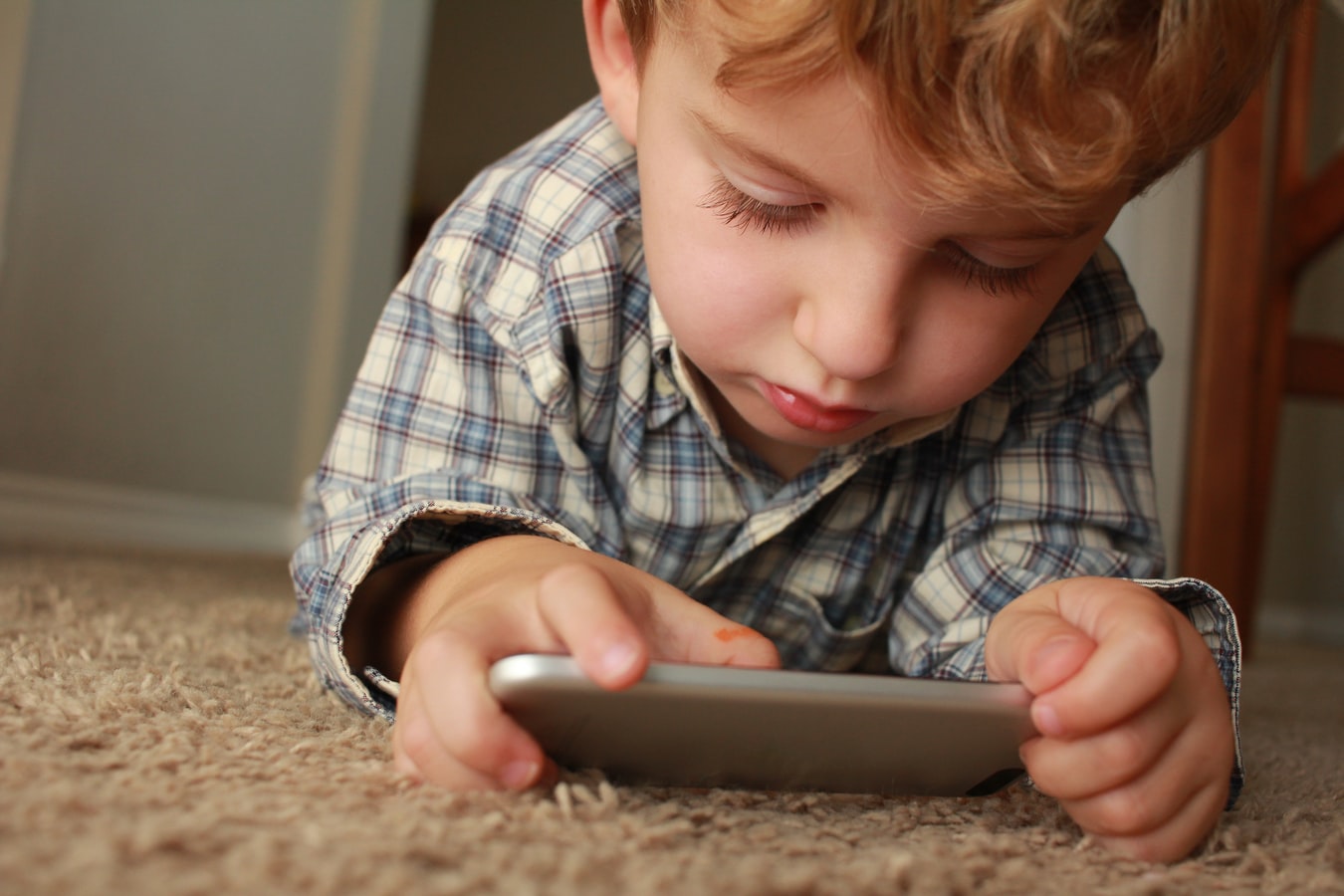How To Make The Most Of Screen Time

Technology
If you have a young kid, this question has probably crossed your mind, “Is screen time good or bad?” This question was probably followed by many more, “What are the limits of screen time? What type of content should it be? How should kids engage with it?” The list goes on… Luckily, PBS has provided some great guidelines on fostering quality screen time with your kids:
Not all screen time is equal. So much talk is focused on screen time — should it be one hour a day, two hours a day, no screens ever? The problem with focusing on time is that we don’t pay enough attention to what children are actually doing on screens. Watching show after show on autoplay is a different quality of screen time than talking with a grandparent on video chat — an experience that’s engaging, interactive and stimulating. (Here are five tips on making the most of FaceTime.) Choosing more engaging screen experiences, and being more involved in these experiences yourself, is the “secret sauce” to learning from screens.
What you do during your child’s screen experiences can unlock learning. Study after study is showing that the more parents are involved in young children’s screen experiences (explaining how a game works, asking questions or talking about the plot, helping children figure out an on-screen challenge), the more children learn. It’s true that many of us use screens to get dinner ready in peace or to find a few minutes for a solo bathroom break. This is okay! Entertainment media has its place in all of our lives. But engaging in screen experiences with children most of the time helps to maximize early learning possibilities.
Build bridges from screens to the real world. It is hard for children to apply what they learned on a screen to their real life experiences. Help them make the connection. After the show or game is over, use play or everyday routines to help children apply that screen-based learning to the 3D world. If your child watched a show about counting, then count the blocks as you build a tower. Or count the socks together as you’re folding laundry.
Quality counts. Parents can be doing everything right, but if you are working with lower-quality media content, it’ll be hard to ensure learning happens. How do you find the good stuff? First, avoid media with ads (not only are ads disruptive to children’s learning, but children as young as two are strongly influenced by advertising). Next, consider your child’s age, stage and interests. Does the content of the app, game or show reflect these? Is the difficulty level right (not too easy, not too hard)? Is the experience engaging — is your child having fun, and being given chances to respond and shape the experience? (For more guidance on choosing quality media, browse the new E-AIMS resource from ZERO TO THREE.)
Offer children a balanced activity “diet.” When deciding how much and how often to use screens at home, it’s important to focus on activities outside of screens too. Ask yourself whether screen time is balanced by active play, pretend play, play with blocks and other objects, story sharing, and family activities like setting the table or going to the park. (Get more tips on creating a family media plan from the American Academy of Pediatrics.)
Parents’ own media time matters. Parents can make a few changes to their own media habits as well, which leads to big benefits for children. First, turn off or silence phones during mealtime, playtime and bedtime routines. This gives children uninterrupted time to interact, play and talk with their favorite people (that’s you). It also has an impact on early learning. A recent study found that the more parent-child interactions are interrupted by phone calls, the fewer words toddlers learned. Another simple switch: Turn the television off when no one is watching. When children’s play is interrupted by background television, they learn less and pay attention for shorter periods. Finally, do a “screen grab” and remove any screens (tablets, televisions, phones, etc.) from your child’s room. Children with screens in their rooms tend to go to bed later, wake more at night, and are more tired the next day. Just say no.
Visit PBS for more parenting tips and activities.

Want a Step-by-Step Easy Path to Learn to Read?
See Words: School lays out the fundamental steps in 14 engaging lessons using proven multi-sensory methods and phonics. Download the suite of apps from the Apple App Store now.
